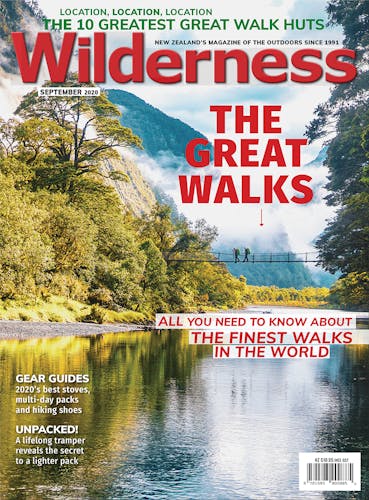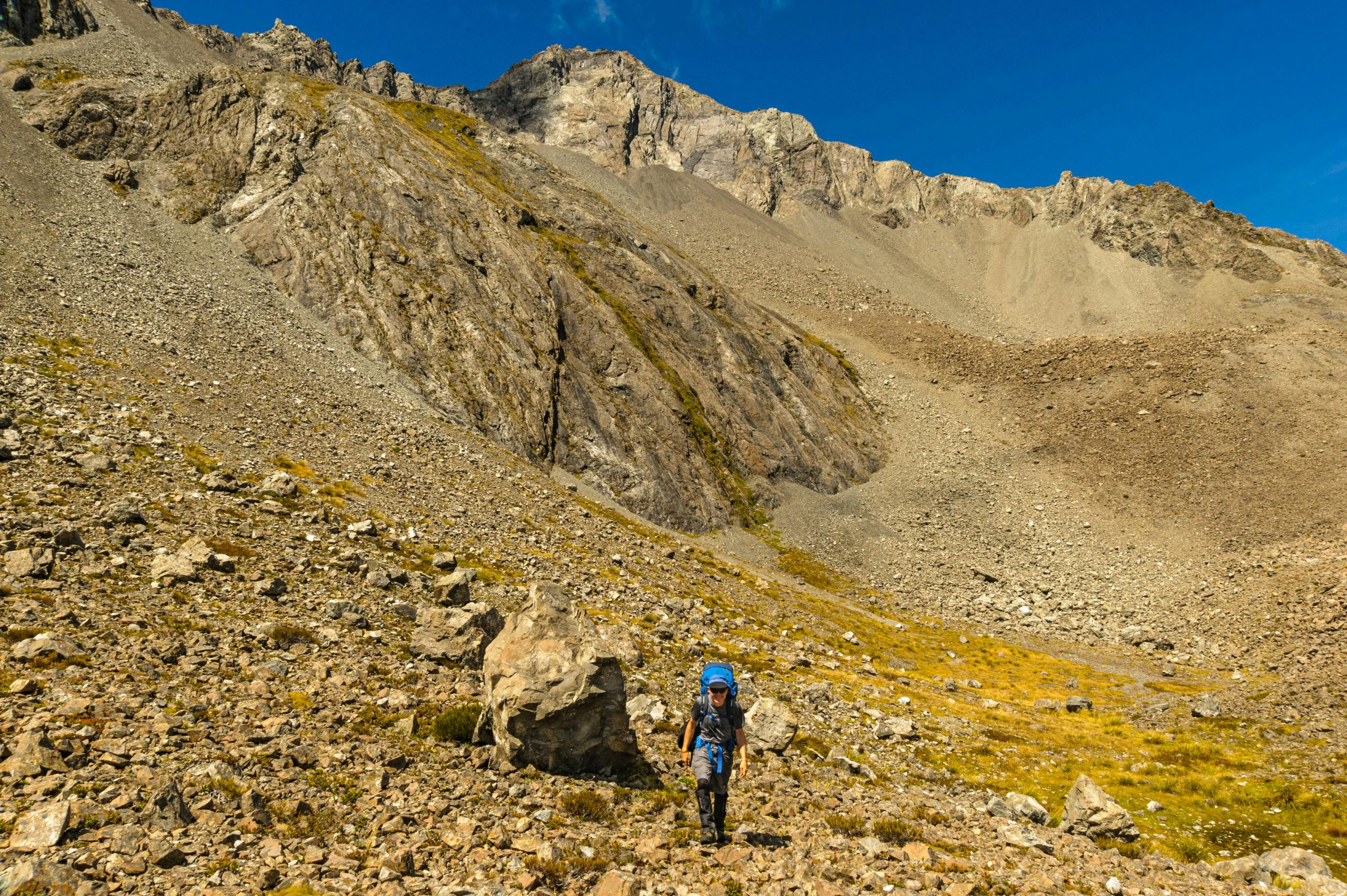Unusual names can provide colour and descriptive power to a feature.
Who can resist a cracking good name?
Names are important because they anchor us to landscapes. Names enable us to communicate about places, to recognise specific features on maps and sometimes to make links between place and history.
Naturally, Māori first named many parts of Aotearoa after their arrival several hundred years ago. Tititea, for example, means ‘steep peak of glistening white’. I always thought Mt Aspiring was a good name for a mountain, but for sheer descriptive power, Tititea beats it hands down.
Many Māori names remain, although a regrettable number were erased during the process of colonisation. Gradually, we’re seeing a return of original names, which is appropriate and welcome. Unfortunately, my knowledge of Te Reo is small, so this column focuses on English names that also have colour and descriptive power.
1. Dukes Nose/Kairara, Whangaroa Harbour
Viewed from the waters of Whangaroa Harbour, the old volcanic peak known to Māori as Kairara does indeed have the appearance of a haughty Englishman looking down his nose. Access is from Lane Cove Cottage, which is accessible by the Wairakau Stream Track (allow 1.5hr) or by boat.
The 40-minute climb to the summit involves a steep scramble and despite a metal railing for support, it requires a good head for heights. The reward is a panoramic view over the harbour.
2. Pillars of Hercules, Kaimanawa Forest Park
The Roman God Hercules is famous for his strength and sense of adventure. While the original Pillars of Hercules are two promontories forming the entrance to the Straits of Gibraltar, in New Zealand the name applies to a slightly less heroic gorge on the Tongariro River. From the nearby Urchin Campsite, a 30-minute walk leads to a swingbridge with a good view of the gorge, where the river has carved through an old lava flow.
3. Falling Mountain, Arthur’s Pass National Park
During a magnitude 7.1 earthquake in March 1929, this mountain in Arthur’s Pass National Park crumpled, sending a great avalanche of rock and debris for 5km into the headwaters of the Ōtehake Valley. This wasn’t known until two years later, when trampers discovered the devastation. Subsequently, the formerly unnamed peak became Falling Mountain (1901m). Today, the debris line on Taruahuna Pass remains clearly identifiable and is crossed by trampers tackling the three-day Edward-Hawdon route.
4. Beelzebub Glacier, Adams Wilderness Area
For the Canterbury Mountaineering Club members exploring the last unknown parts of the Southern Alps in the 1930s, it would have been anathema to name any feature after politicians or government officials – the sycophantic response of early colonials. Instead, these climbers wanted imaginative names. So, when they explored the sprawling glaciers at the headwaters of the Rangitata, Wanganui and Perth Rivers, they adopted titles like Garden of Eden and Garden of Allah. Expanding from this biblical base, they coined Eves Rib, Adams Col, Satan Saddle, Angel Col and Beelzebub Glacier. Wonderfully evocative names for a trans-alpine heaven.
5. Whirligig Torrent, South Westland
Thanks to the Scottish-born explorer Charlie Douglas, sometimes considered the patron saint of trampers, South Westland bristles with great names. Whirligig Torrent lies in the headwaters of the Ōkuru, and is likely to have been named by Douglas. It’s surrounded by other imaginative names, such as Hazard Spur, Crazy Cataract, Repulse Spur, The Gateway, Rotten Ridge, Dizzy Pinnacle and Earthquake Spur.








